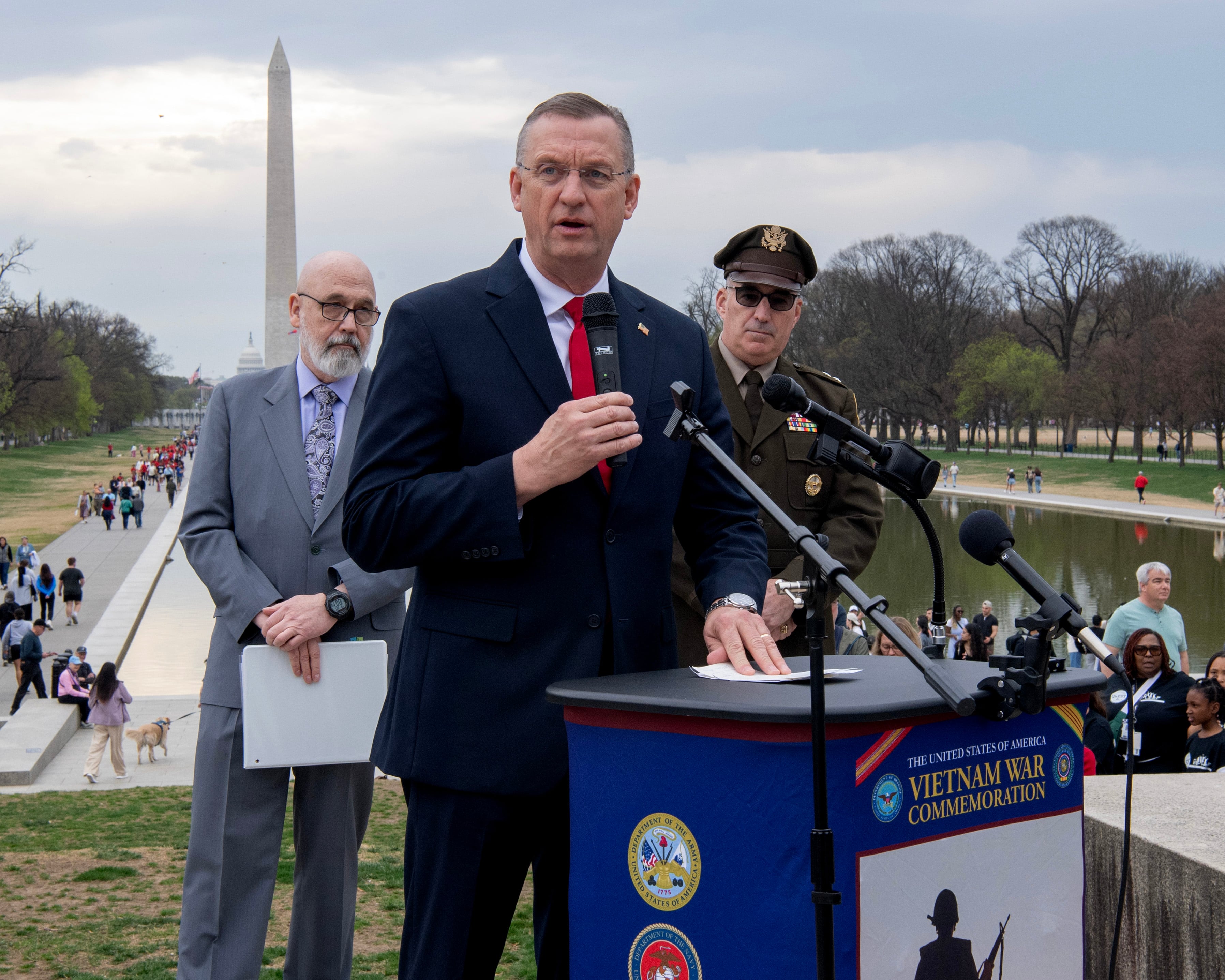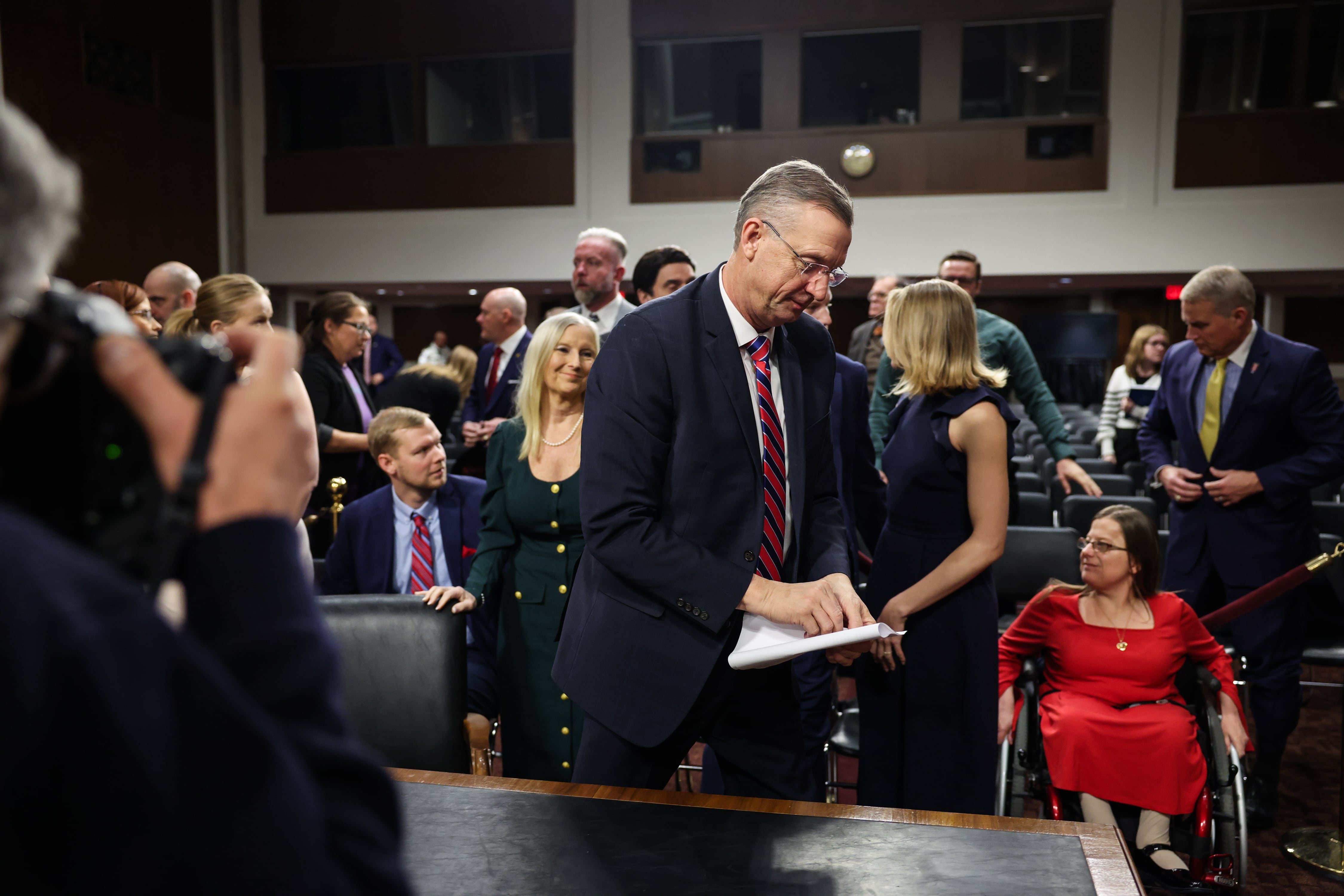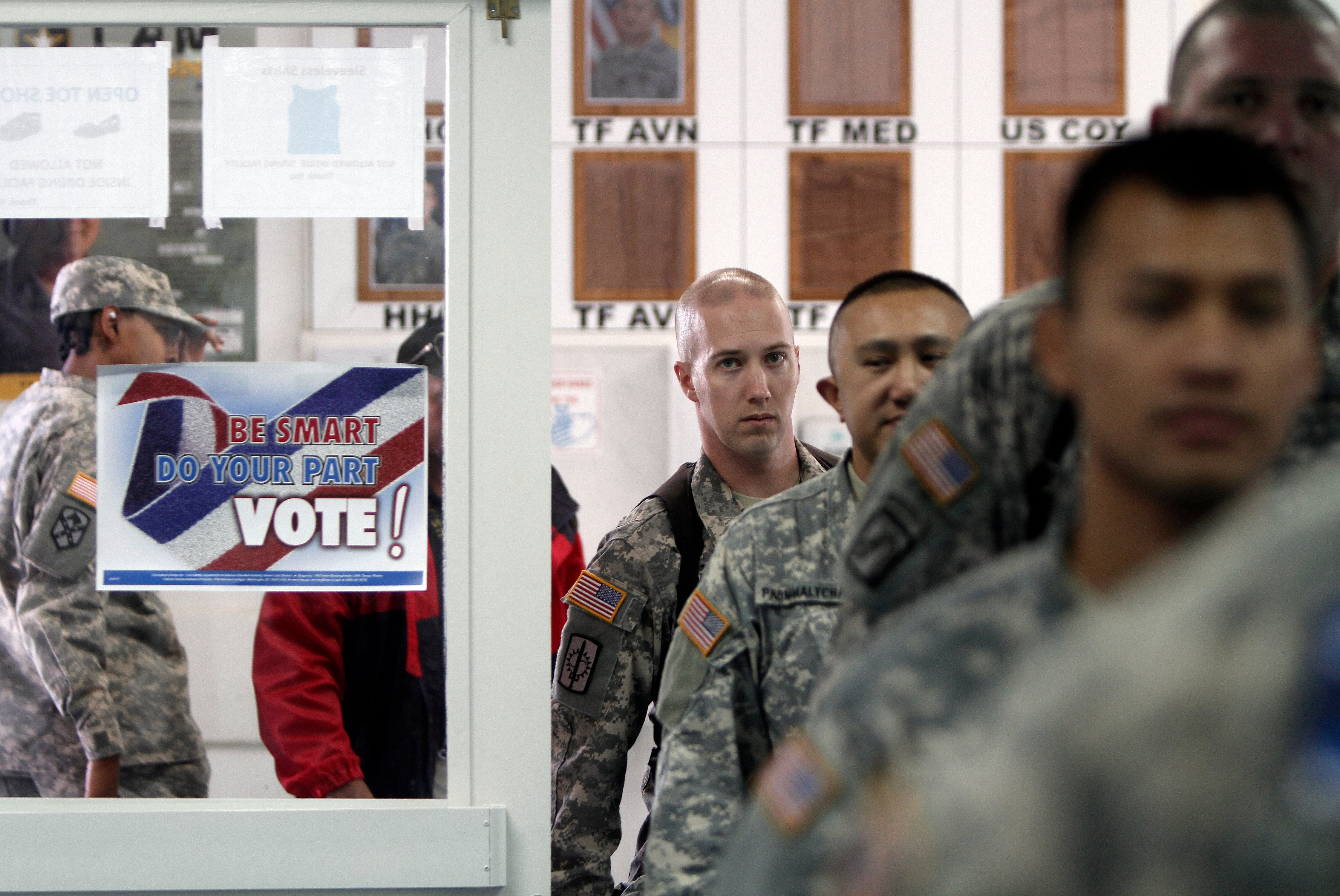The Carl Vinson Carrier Strike Group and the Essex Amphibious Ready Group, which includes the embarked 11th Marine Expeditionary Unit, completed joint expeditionary strike force training operations in the South China Sea Sunday.
The Vinson’s deployment is the first to embark the F-35C Lightning II fighter jet and the CMV-22 Osprey, assigned to Carrier Air Wing 2. The operations in the South China Sea mark the first time an amphibious group had operated with an “advanced Air Wing of the Future,” according to the service.
The Vinson, which departed San Diego in August, conducted integrated maritime strike missions, maritime interdiction operations, anti-submarine warfare, replenishment-at-sea and formation maneuvering/navigation operations with the helicopter landing dock Essex and its ARG, the Navy said.
“Our ability to quickly and effectively integrate with an amphibious ready group, such as ESX ARG, demonstrates a diverse level of naval lethality that is unlike any other naval force,” Rear Adm. Dan Martin, commander of Carrier Strike Group 1, said in a Navy news release.
“The long-range strike capability of the Vinson Strike Group combined with the Essex ARG’s potential to deliver a payload of Marines to any maritime region greatly contributes to the U.S. strategic ability to continue defending a free and open Indo-Pacific,” Martin said.

The carrier went through a 17-month docking planned incremental availability in 2019 at Puget Sound Naval Shipyard in Bremerton, Washington, to update the ship for the F-35C.
The Vinson’s strike group includes the guided-missile cruiser Lake Champlain; guided-missile destroyers Michael Murphy, O’Kane and Chafee; and nine squadrons of embarked Carrier Air Wing 2.
The Essex ARG includes the amphibious dock landing ship Pearl Harbor.




